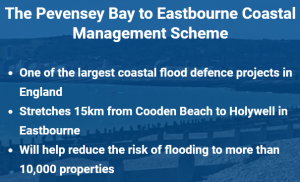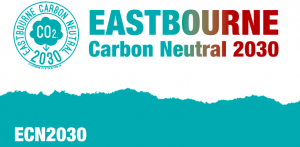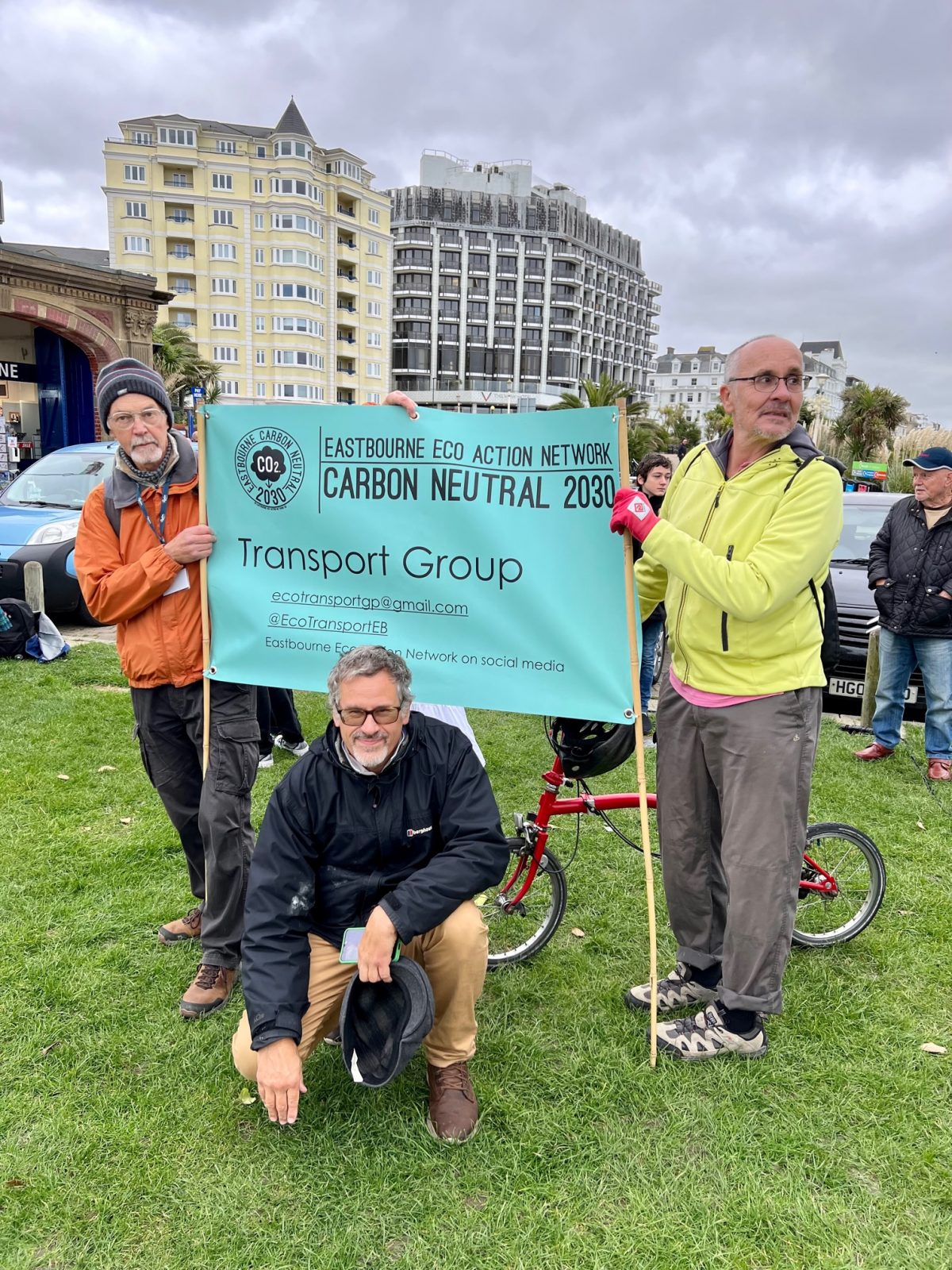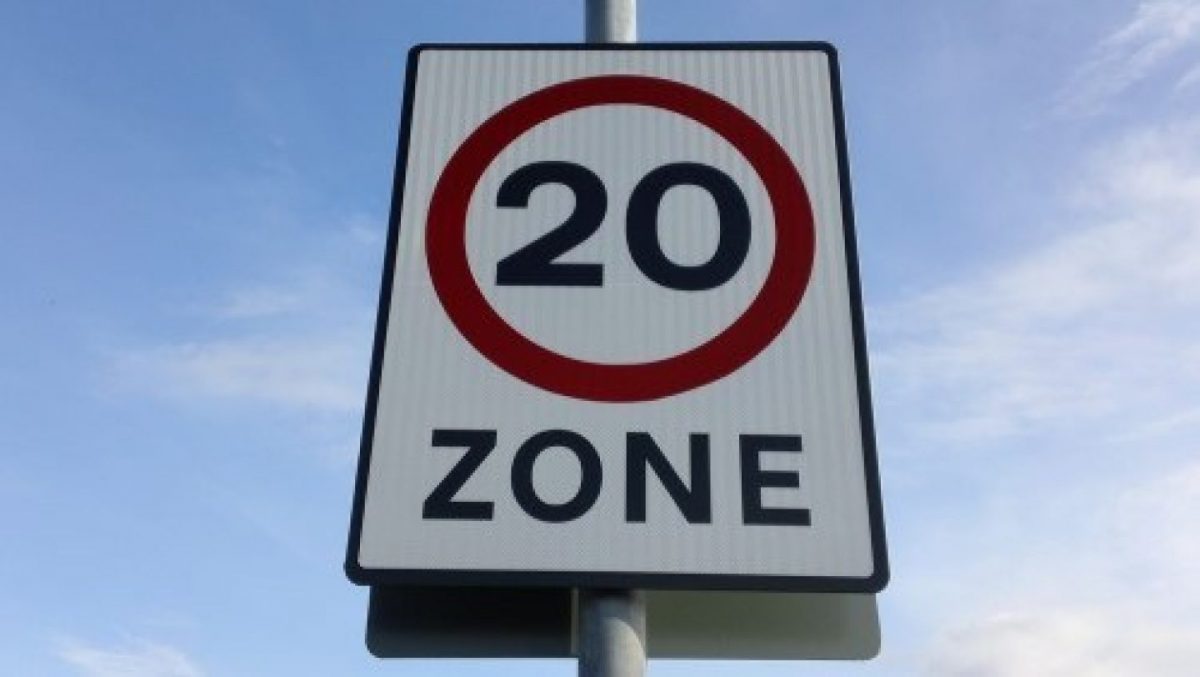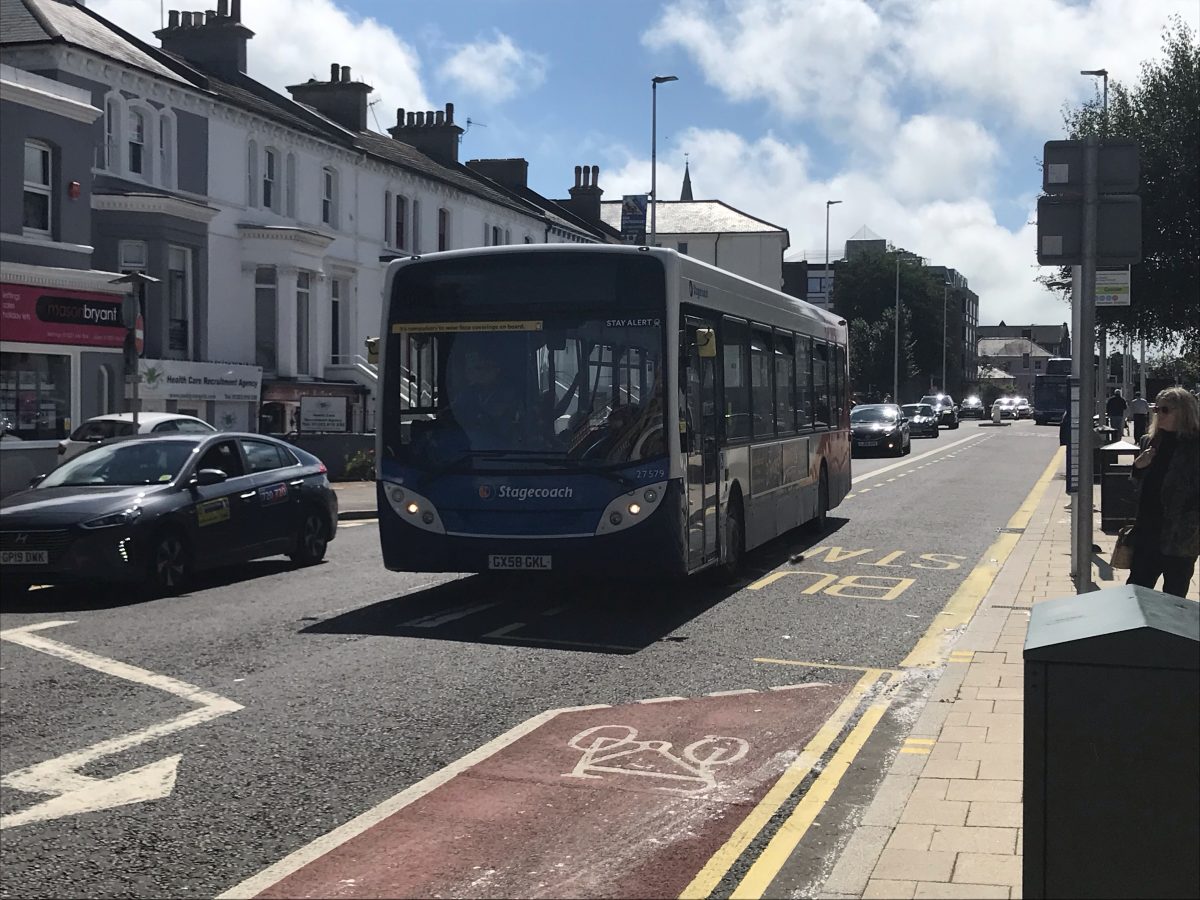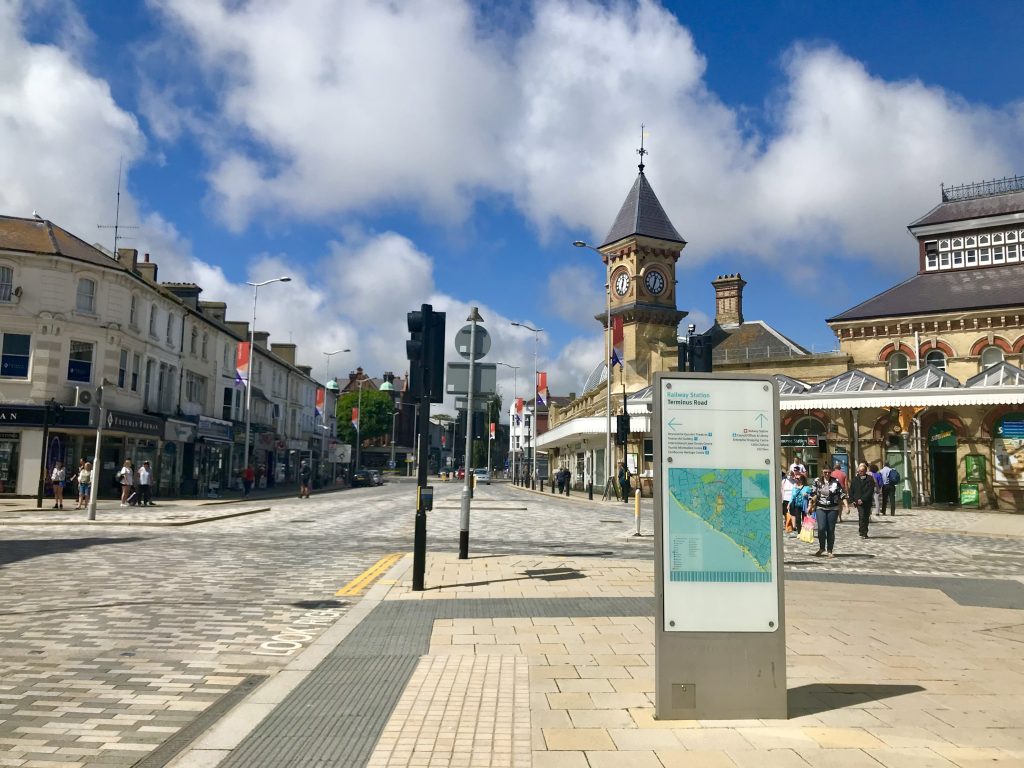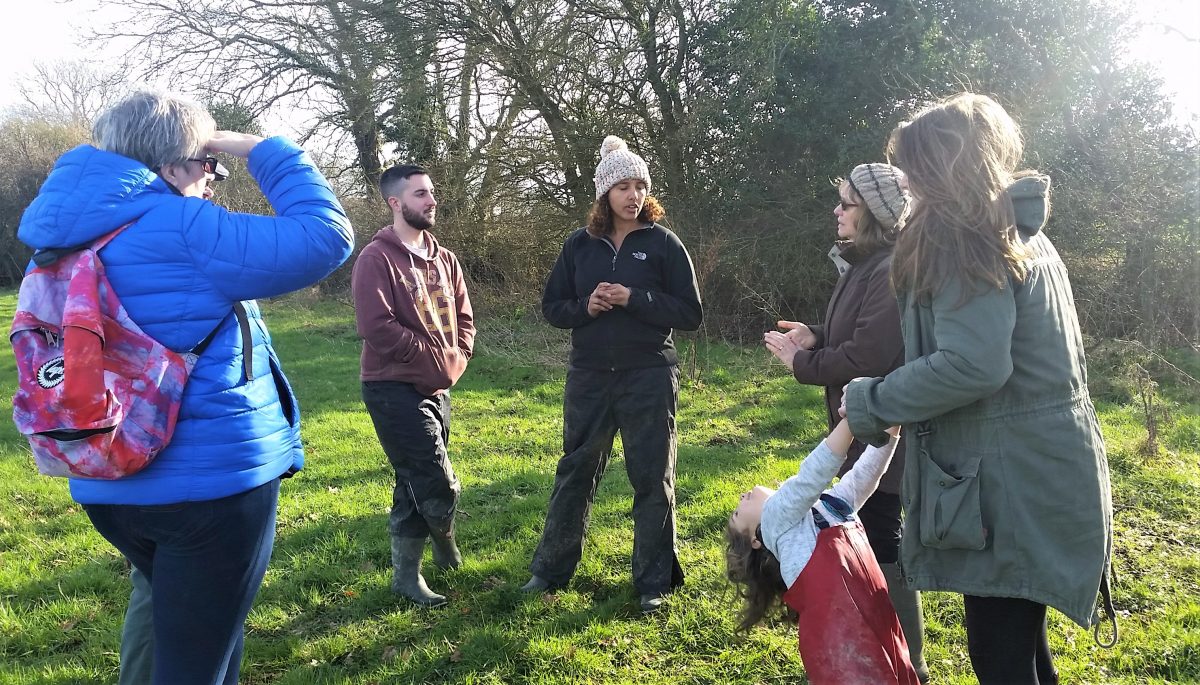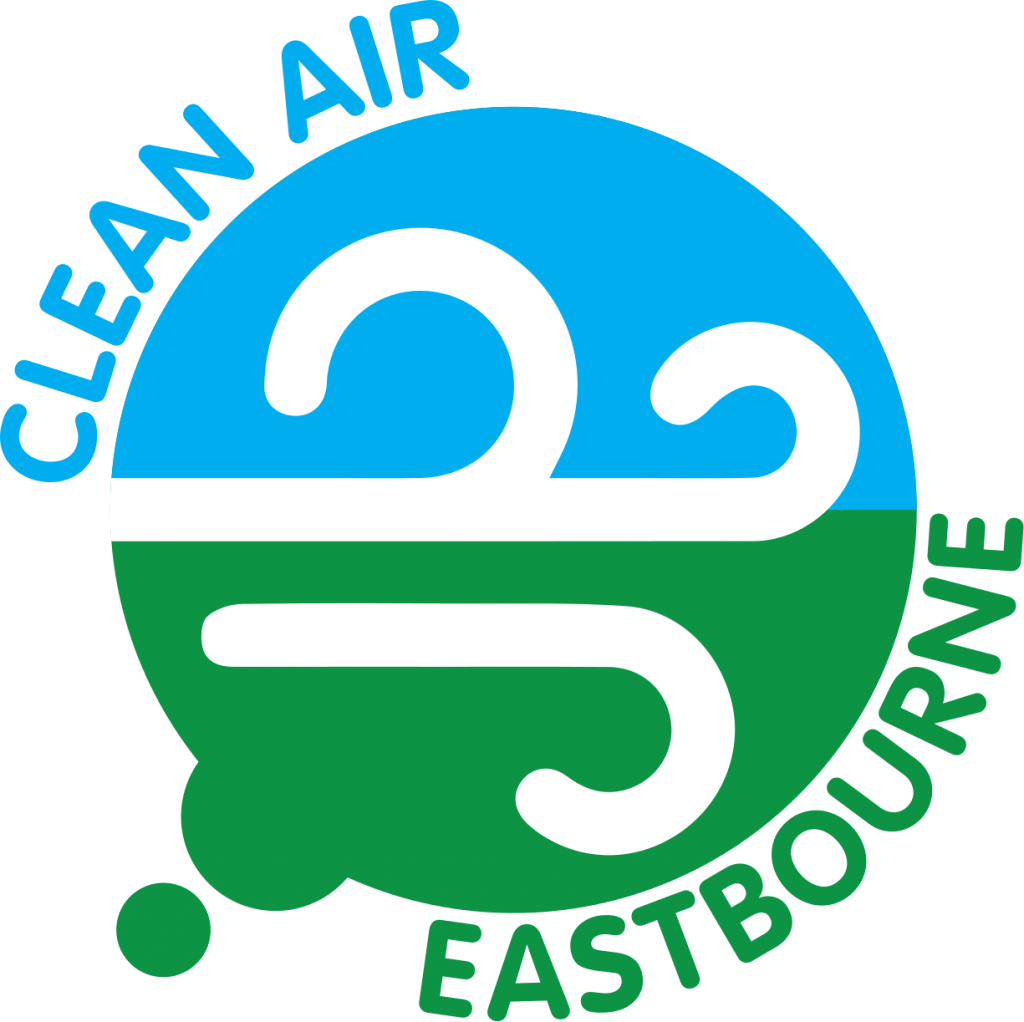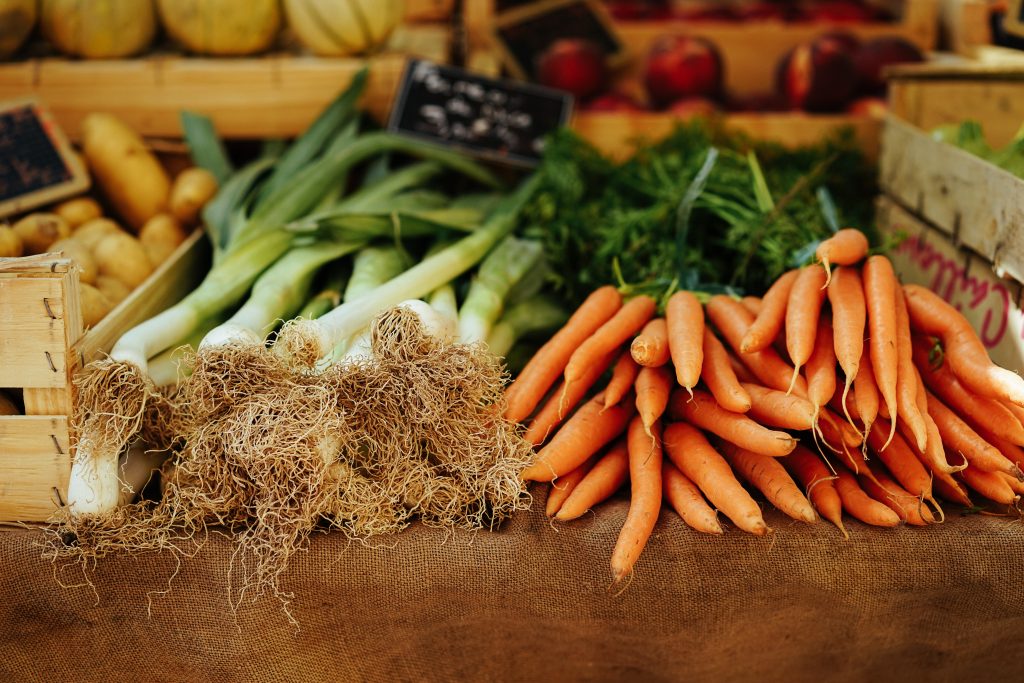Guest blog by Robert McGowan from the Eastbourne Eco Action Network CIC, based on his presentation at the Eastbourne Food Summit in October 2024:
We at Eastbourne Eco Action Network are helping the town become carbon neutral by 2030, which means working with communities, businesses and the local councils on the many environmental challenges we face. One of the things we can do is bring people together and give people the chance to tell their stories and discuss openly the most effective ways to take action.
Two years ago, we organised the Sustainable Business & Solar Summit next door at the Welcome Building – and one of the key questions we wanted to ask was: we live in officially the sunniest town in the UK – so why is there so little solar energy generation? Particularly on the large flat roofs of the industrial and retail units – and the enormous car parks that surround them.
Last year we convened the Sustainable Transport & Active Travel Summit at the Welcome Building, which also brought together lots of experts and brilliant people. The leading question I wanted to ask was why Eastbourne is practically the only seaside town in the country without a safe, traffic-free way of riding a bicycle or scooter along the seafront. I’m not sure if we have the answer to that – but at least we publicly asked the question! Fast forward to this year – and the theme of the conference is sustainable food production and distribution in the local area – brilliantly organised by the Eastbourne Food Partnership. I’m not sure if they have a key question to frame the theme this year – but can I suggest one: how is it that the sunniest town in the UK can also seem to be one of the wettest?
Illustrated map of the Eastbourne area

And it’s the impact of a changing climate on local food production – growing – that I’m going to talk about today. We’re currently working on a project with Blue Heart, which is looking at innovative ways to predict and mitigate the impact of flooding in Eastbourne and southern Wealden for the benefit of local people, businesses and the environment.
Learning about the real experiences of growing is the heart of our project – as such we have developed a survey that’ll go out to everyone involved in the Eastbourne Food Partnership in the next few days.
So the theme is change. But perhaps I should start with something that hasn’t changed very much at all: the rock and soil that lies beneath us. This is one of William Smith’s famous – and beautiful – geological maps of Sussex, from 1819. It shows the green of the chalk South Downs that of
course meets the sea at Beachy Head. The light blue is Wealden clay, and the greyish bit in the middle is Hastings Greensand – which is often more substantial than the word sand suggests and forms the blocks from which St Mary’s Church in Old Town is made.
Geological map of Sussex

The open, treeless downland was created thousands of years ago by Neolithic farmers, who built imposing, fortified villages on hilltops. Much of the East Sussex downs continued to be farmed and grazed through the Iron age and Roman times. The great forests of the Weald were sometimes cleared for hunting estates in the Saxon period that would have included livestock and crops. The Sussex iron industry was built on the iron-bearing clays and sandstones that were scorched in blast furnaces fuelled by charcoal made from the surrounding woodland.
A Delineation of the Strata of England and Wales and Part of Scotland

And of course, the different underlying rocks and clays and their varying character and chemical composition had implications for what could be grown where – and the growing community here will be far more knowledgeable about that than I am. But, as George Monbiot points out in his brilliant book Regenesis, much about soil does remain mysterious:
“Soil is this thin cushion between rock and air on which the entirety of human society and civilization is built. 99% of our calories come from it. It’s an extraordinarily complex ecosystem.
It’s more than that – it’s a biological structure, like a coral reef. It’s built by the organisms that inhabit it. If it weren’t for those organisms, there would be no soil. But it’s also got properties, unlike any other ecosystem or biological structure that we know.
In fact, there’s quite a heated debate among some soil scientists as to what soil even is. It’s got some characteristics which make it seem almost like a super organism, in that they get these extra-ordinary synchronized events taking place right across the soil. It is incredible that this system upon which we totally depend is almost unknown to us.”
Eastbourne remained an area of small rural settlements until the 19th century. Four hamlets occupied the site of the modern town. By the middle of the 1800s most of the area had fallen into the hands of two landowning families: the Gilberts (who had inherited land from the Gildredge family) and the Cavendish family. William Cavendish, the Duke of Devonshire, hired Henry Currey in 1859 to prepare plans for an entirely new resort town – and the rest is history.
Perhaps slightly less well known, is the story of Mary Ann Gilbert. Born in Lewes in 1776, she had a relatively poor childhood after her father died. In 1814 she inherited swathes of land and property in Sussex from her uncle. She was married to Davies Giddy, who took on the Gilbert name: they lived at Gildredge Manor and had eight children together.
Mary Ann Gilbert

Shocked by the extent of hardship and poverty in Sussex in the 1820s, which led to the Swing Riots, Mary Ann set up a scheme to cultivate land at Whitbread Hollow, beyond Meads and on the way to Beachy Head, which is now a sports field belonging to Bede’s School. She hired 27 labourers to shift fertile clays from nearby marshland and transport it to the allotment site – and remove flints and pebbles. They managed to produce a healthy crop of potatoes.
By 1832 Mary Ann had nearly 200 people renting allotments, growing mangelwurzels, turnips and potatoes and the occasional pig. She kept detailed reports and calculations and encouraged good practice such as using seaweed as fertilizer and introducing water butts. The number of allotment holders had doubled to over 400 by 1844. She also founded agricultural schools at Willingdon and East Dean that were staffed by teachers from the local workhouse.
Mary Ann Gilbert’s experiment reduced poverty in Sussex by almost half. It was an agricultural revolution that was the foundation of the allotments we see across the country. I think you’ll agree, it’s a really inspiring story of a local woman and one I didn’t know until very recently – I must thank Sally Lee from Rooted Community Food for enlightening me – it’s a shame she can’t be here today.
Mary Ann Gilbert died in 1845, but her legacy is still felt. Eastbourne Allotments & Garden Society, has overseen the town’s 14 allotment sites for many years. The society currently rent out over 1,200 plots, all of which are in high demand, with hundreds of people on a three-year waiting list for a plot.
Whitbread Hollow

Could it be that allotments are actually becoming fashionable? I’m beginning to think so. And why not? We seem to be in an age of anxiety – be it technology overload or concerns about pollution or the reliability of exports and imports from neighbouring countries. And this seems to be a time when lots of people want high quality, healthy, affordable local fruit and veg – plus social contact with like-minded people, exercise and a general warm glow and sense of wellbeing. That’s certainly what I’ve picked up from my visits to the Gather and Rooted community gardens. They’ve kindly agreed to fill in our survey about growing in a changing climate – and hopefully many of the other local growers will too.
Gather Community Garden

We will analyse the results and report back in a few weeks’ time. Perhaps not surprisingly, given the very wet weather over the last couple of years – rainfall around 30% above average this year – and the fact that many allotments and gardens are located on the floodplain – the feedback so far has centred on designing ways of improving drainage on plots. French drains and wicking beds have been mentioned, along with more water butts and ponds.
In recent weeks we’ve been talking about fundraising for a community cargo bike that can help with deliveries to community fridges, food banks and retailers. We might be better off with a community cargo boat!
Rooted Community Food

A video of Robert McGowan’s presentation at the Eastbourne Food Summit is available here:
https://youtu.be/XuAlNry3k-w?si=Zgl4k51JTGrDRXcg


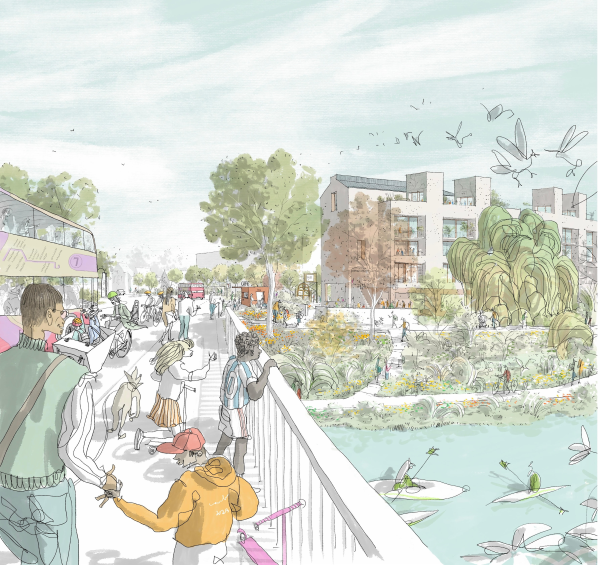


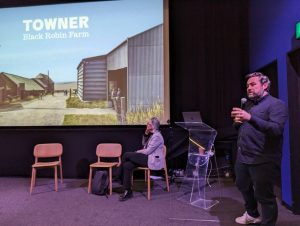 October, Eastbourne Borough Council submitted plans to the South Downs National Park Authority for its proposed
October, Eastbourne Borough Council submitted plans to the South Downs National Park Authority for its proposed 